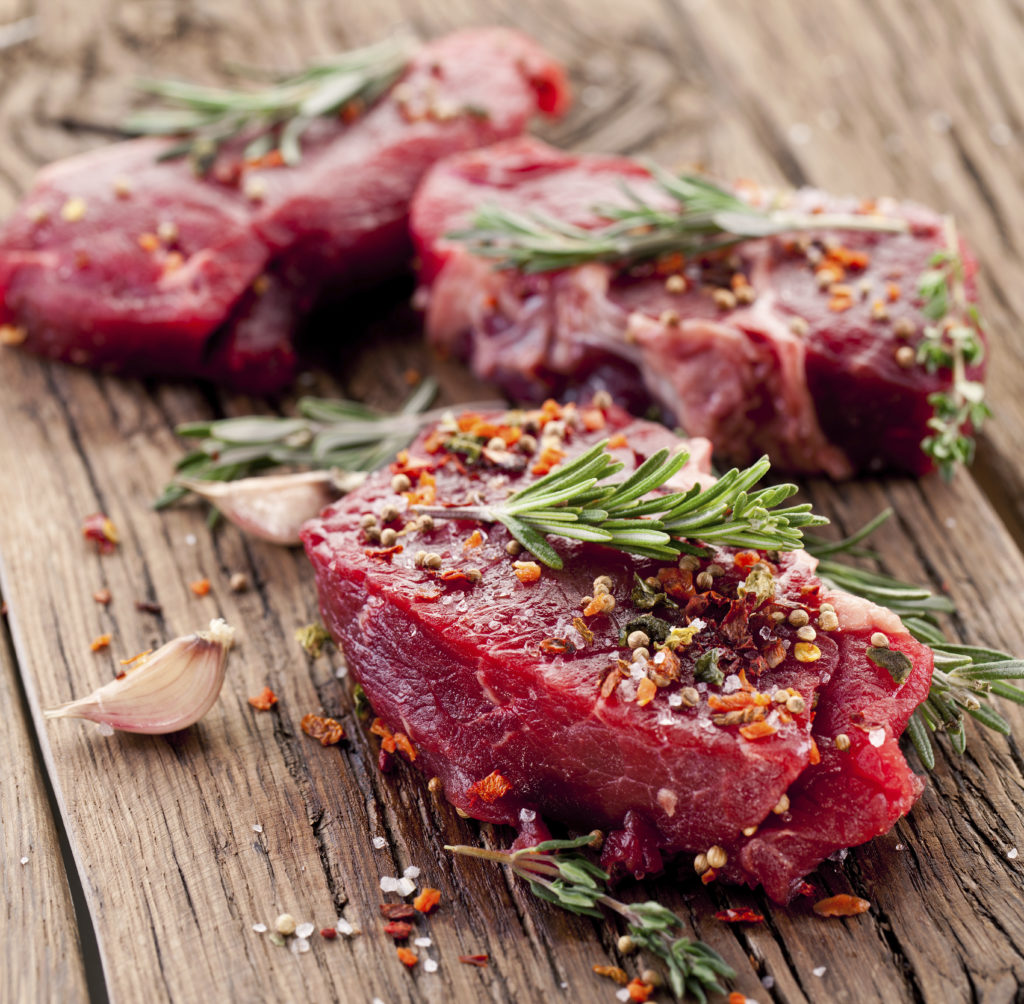
“Wagyu beef has an excess of marbling, which means more high quality meat.”
Those origins have left wagyu cows with an excess of marbling, which is intramuscular fat that results in tastier, higher quality meat compared to some other breeds. If you’d like to try your hand at cooking wagyu beef, consider these four handy tips:
1. Control the cooking tome
While wagyu’s marbling makes it extra scrumptious, it means that the beef tends to cook faster than other types. According to Fine Dining Lovers, as much as 30 percent quicker compared to your usual cuts of beef. If you cook off all the fat, you’ll be left with a mostly bland piece of meat. That’s why you might want to consider cooking wagyu in one of the two traditional Japanese methods. You can do it with a yakiniku grill that involves direct flame and very thin slices, or shabu-shabu, another name for a large pot of oil and stock. Botth methods only require a few seconds of cooking time, which means less chance the meat will be overdone
2. Don’t forget the little steps
Andrew Moran is the manager of Japan Premium Beef. Speaking with Epicurious, he unveiled a few important pointers when cooking wagyu beef. The first is to use a cast-iron pan on high heat; that way, it cooks quickly, and that can help you better monitor the food. It helps to use some of the fat you’ve trimmed off to grease the skillet, which has the added bonus of boosting the flavor. You will also want to use finishing salt given the short cooking times for wagyu, as even a light coating can ensure perfectly finished meat.
3. Chilling is always essential
The perfect cut of wagyu isn’t just about how it’s cooked. As The Internet Chef pointed out, there is one other important consideration with wagyu – how well it’s chilled. Before the meat is cooked, you want to ensure it’s been stored somewhere extra cold. That lower temperature will ensure the fat has rendered properly, and that can make all the difference with the final flavor. Additionally, the beef should be chilled again after the extra fat has been removed. Another hour in the fridge will further help with the fat rendering.
4. Try some oil or marinades
Some people swear by cooking beef with oil. If you’re working wagyu cuts, many experts will tell you to opt for a lighter oil option – something like truffle or olive oil will enhance the flavor and streamline the cooking time. You may also want to use a marinade, though it’s important to choose something that complements a grass-fed beef like wagyu. A light marinade featuring vinegar, wine and lemon will accentuate the flavors. Just be sure to use less wine than with normal beef to control how quickly the beef cooks.




